Index Trading What I Learned From Taking My First Steps
When I first came across the idea of index trading, I was skeptical. It seemed like something reserved for experts with multiple monitors, complicated strategies, and years of financial education. The term itself sounded technical. But I kept hearing about how people were choosing index trades over picking individual stocks. That got me thinking. Could this really be something someone like me could try? Was it safer, or at least more predictable, than throwing money at random companies? I had many questions and, frankly, doubts. I was unsure if I could keep up with something that involved understanding not just one business but the movement of whole market segments.
As I started digging in, I realized index trading isn't about chasing one magic stock. It's about trading the overall performance of a group of companies. That’s where the appeal started to make sense to me. I didn’t have to worry about just one business collapsing. Instead, I’d be tracking how, for example, the top 500 companies in the U.S. were doing as a whole.
What Is Index Trading and Why Does It Matter?
Index trading involves speculating on the price movements of stock market indices. These indices represent the performance of a basket of different stocks, grouped together by certain criteria. Some of the most well-known examples include the S&P 500, which covers the top 500 companies listed on American stock exchanges, and the NASDAQ 100, which is heavy on tech-related firms. Instead of buying shares in Apple or Google alone, you trade the entire group that they belong to.
The idea here is that you’re betting on the rise or fall of an entire market segment, not just one business. For someone like me, who doesn’t want to spend hours researching each individual company, that’s a time-saver. More importantly, it felt like a safer way to start because I wasn’t putting all my money into one unpredictable basket.
I found that you don’t actually have to “own” the shares within these indices. You can trade them using different financial instruments. These include exchange-traded funds (ETFs), contracts for difference (CFDs), and index futures. Each of these tools has its own pros and cons, and I had to spend some time learning how they work. But in the end, the core idea remains the same. You’re tracking a group of companies and predicting whether they’ll do better or worse over time.
How Index Trading Helped Me Manage Risk
One thing that drew me to index trading was its ability to spread risk. When I first tried trading individual stocks, I was constantly checking news headlines. If a company missed earnings expectations, my investment would tank. That made me nervous. With index trading, the performance of one bad stock doesn’t drag everything down as much. Since indices contain dozens or even hundreds of companies, a single poor performer is often balanced out by others doing well. That doesn't mean there’s no risk at all, but the ups and downs tend to be smoother.
In my early experiences, I also noticed that indices follow bigger trends. If the overall economy is improving, most of the companies in an index tend to go up. If things are looking uncertain, the index might go down, but usually not in an extreme way unless there's a major crisis. This kind of behavior helped me feel more in control. It also gave me a better understanding of how broader market movements work.
According to the U.S. Securities and Exchange Commission, index-based investing is one of the most common ways retail investors participate in the markets. That made me feel less alone in my decision to try this out. It reassured me that index trading is not just for financial experts.
My Learning Curve What Was Confusing at First
When I began, I had no idea what a CFD or an ETF even was. I thought futures contracts were only for professional traders sitting in Wall Street offices. That turned out to be wrong. These tools are now easily available through online brokers. Even apps like Robinhood and Webull offer access to index-related ETFs. CFDs and futures are a little more complex and often come with higher risk, especially because they let you use leverage.
Leverage was one of the most confusing parts. Basically, you can trade with more money than you actually have in your account. At first, that sounded like a great way to make bigger profits. But then I realized that it also increases your losses. One bad decision can wipe out your account quickly if you're not careful. So I had to learn to use leverage carefully and to always set stop-loss orders to protect my money.
Another thing that took time was understanding fees. Not all trading platforms are equal. Some charge per trade, while others offer commission-free trading. I had to compare and read reviews to find a platform that matched my goals. I eventually found that some of the best platforms for index trading offer educational tools, simulated accounts, and low-cost access to different index products.
Strategy How I Started Small and Grew
I knew from the start that I wasn’t trying to get rich overnight. I treated index trading more like a way to gradually build my financial confidence. I started by tracking a few well-known indices and watching how they responded to economic news. I kept a journal of my predictions and actual outcomes. This helped me refine my approach without risking real money at first.
Once I was comfortable, I started trading with small amounts. I chose a low-fee ETF that mirrored the performance of the S&P 500. Every few days, I would review how the fund moved and adjust my trades accordingly. I didn’t make a fortune, but I also didn’t lose everything, which was more important to me. As I gained confidence, I explored slightly more volatile indices like the NASDAQ 100, which includes tech companies.
I learned that consistency is better than luck. Instead of guessing which way the index would move, I started to use simple tools like moving averages and volume indicators to help me decide. Over time, I developed a basic routine. I checked economic calendars for upcoming announcements, followed general news, and avoided trading during major market uncertainty.
Where I Found Reliable Information
One of the things that helped me most was reading resources like Investopedia’s trading basics, which explain concepts in simple terms. I also read articles on Yahoo Finance that showed how indices reacted to real-world events. These tools helped me stay informed without getting overwhelmed. I also found that many trading platforms offer free courses or tutorials that explain how to use their services effectively.
To supplement my learning, I visited forums and communities like Reddit’s r/investing. I was able to read the experiences of others and get tips on how to approach different strategies. This gave me confidence and also warned me about common mistakes to avoid.
Why I Think Index Trading Is Worth a Try
After months of trying, failing, and trying again, I’ve found that index trading fits my style better than picking individual stocks. I don’t need to guess whether a single company is going to outperform. I just need to understand the general market sentiment. That’s much more doable for someone like me who doesn’t have the time or energy to become a full-time trader.
It’s also helped me stay more grounded. I now think long-term rather than focusing on quick gains. I focus more on managing risk and growing slowly, which is a huge shift from how I thought about money before. Index trading has changed the way I view the market, and it’s made me more confident in my ability to manage my finances.
I also realized that tools like index ETFs are available through regular brokerage accounts, and they don't require any advanced knowledge to start. The key is to take it slow, do your research, and stay consistent. If you're interested in learning more about ETF basics, you can check out this ETF guide from Fidelity. For those who already use online brokers, this internal article on our platform about online trading tools gives a helpful breakdown of what to look for in a trading service.
Final Thoughts
My journey with index trading has been more educational than I ever expected. I’ve learned about how markets work, how to control my emotions when prices swing, and how to develop a strategy that fits my personality. While there’s no guaranteed win in trading, index trading has provided me with a more balanced and less stressful way to participate in the market.
If you’re like I was and wondering where to start, this could be a smart place to begin. You don’t need to know everything before jumping in, but you do need patience, a willingness to learn, and the ability to take small steps. And remember, the goal is not just to trade but to grow your understanding and build your confidence over time.
Contact Information
Name: HG Markets
Address: 2 Race Course Road, Lahore, Pakistan
Post Code: 54000
Phone Number: (042) 363 07344
Website: https://www.hgmarkets.pk/
































































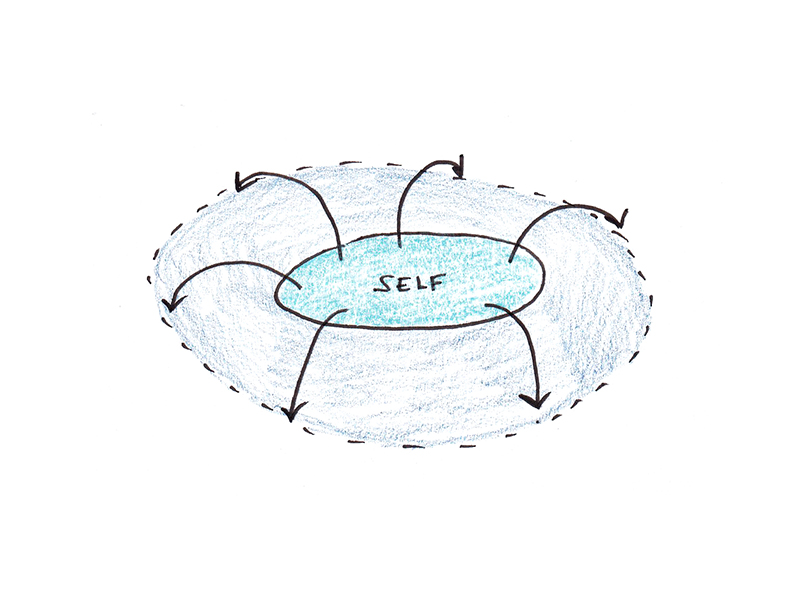





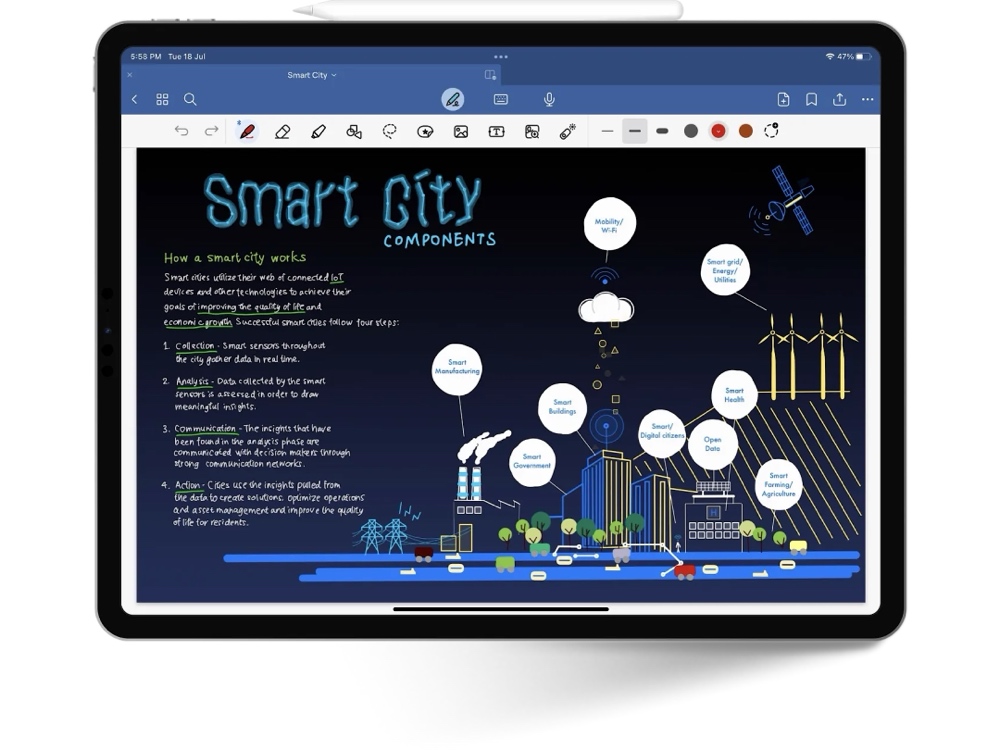

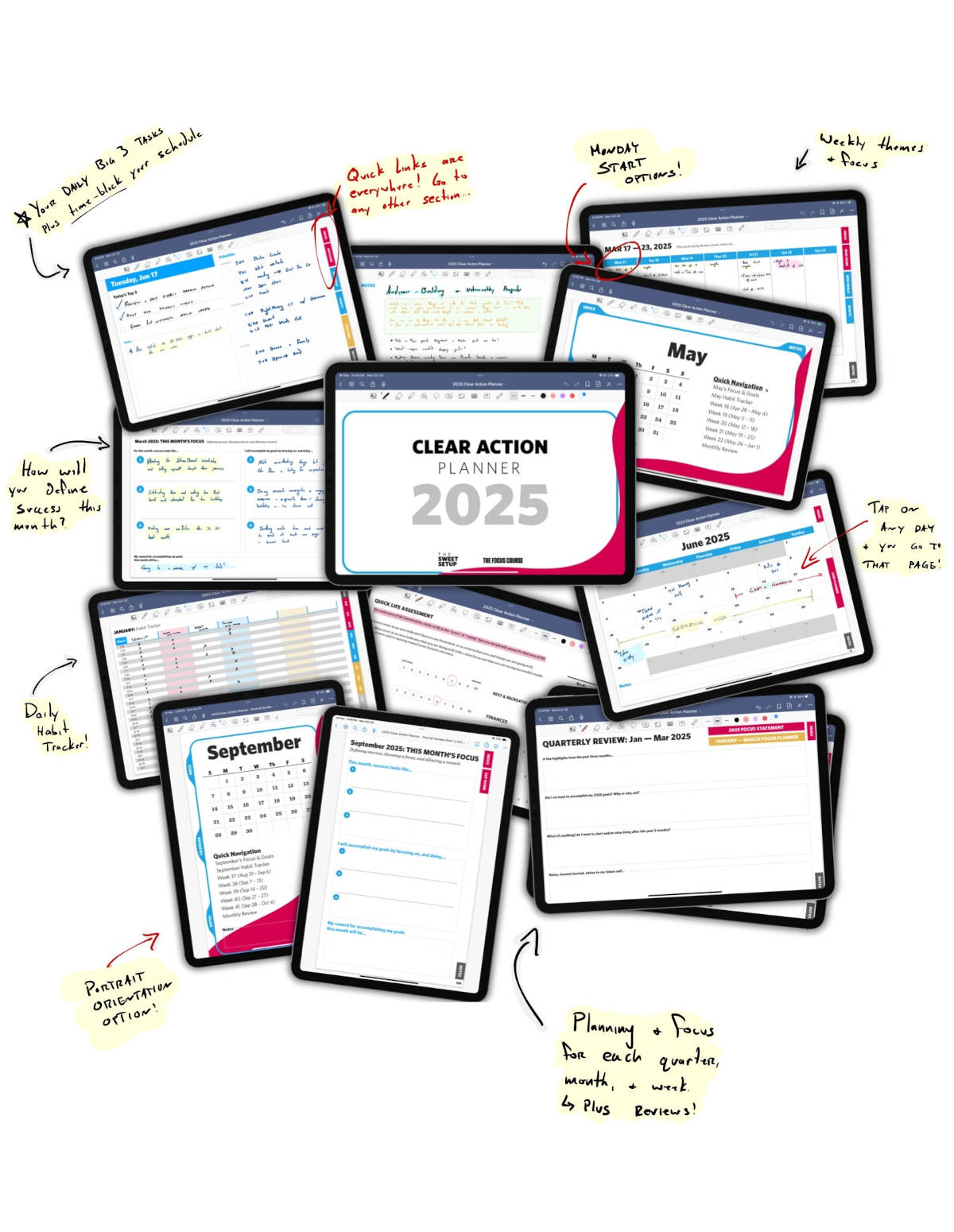




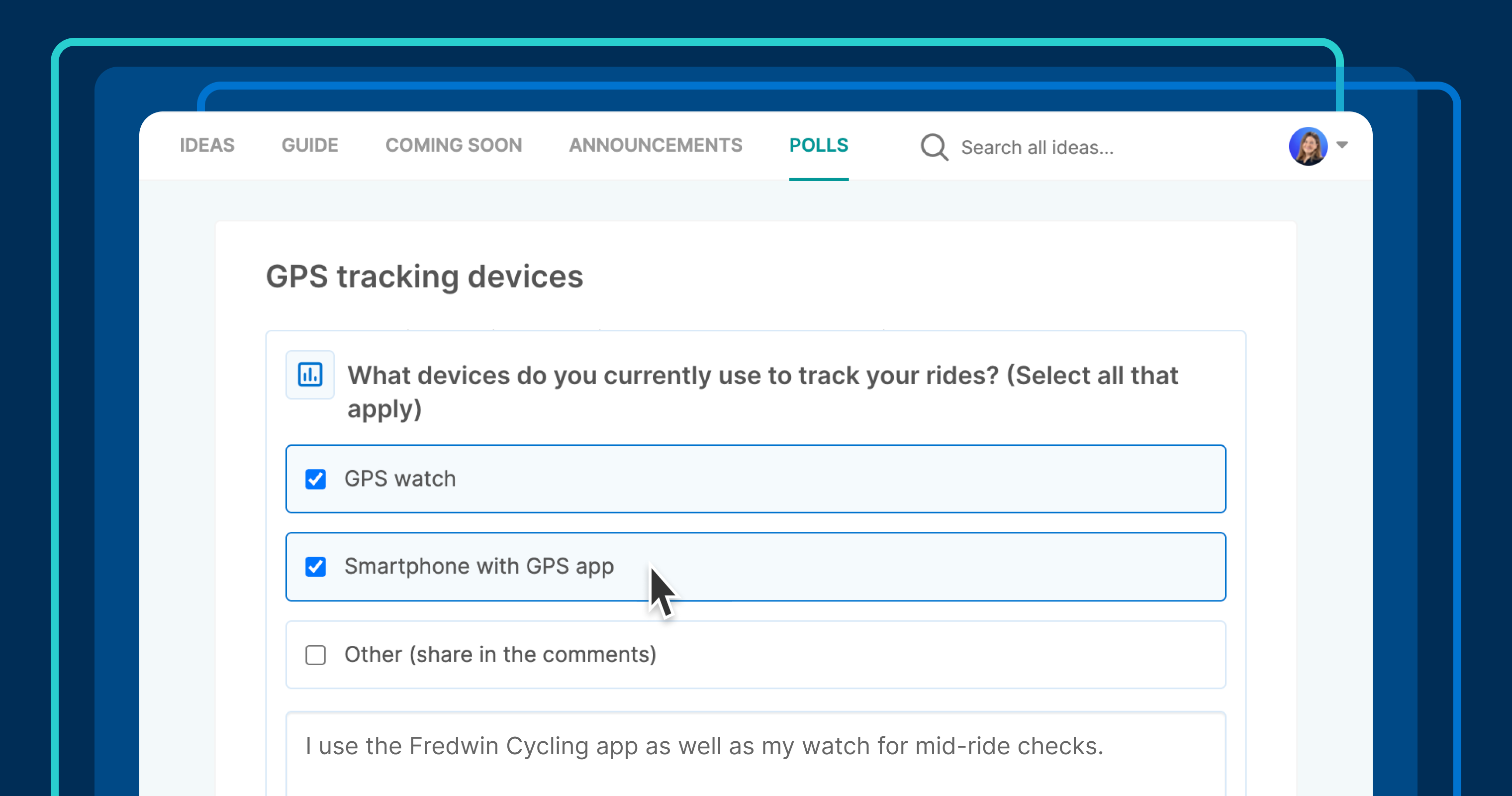








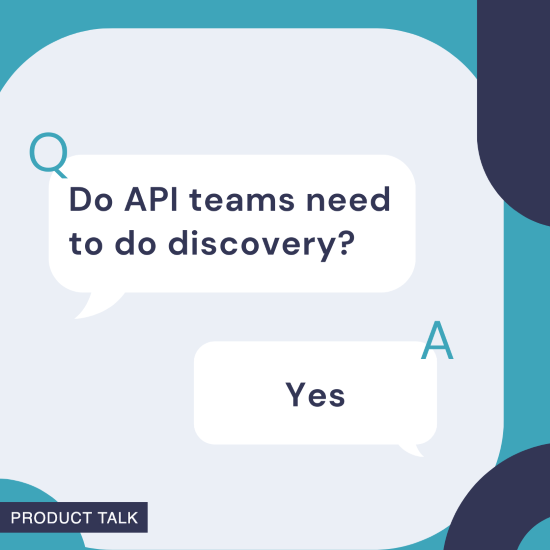
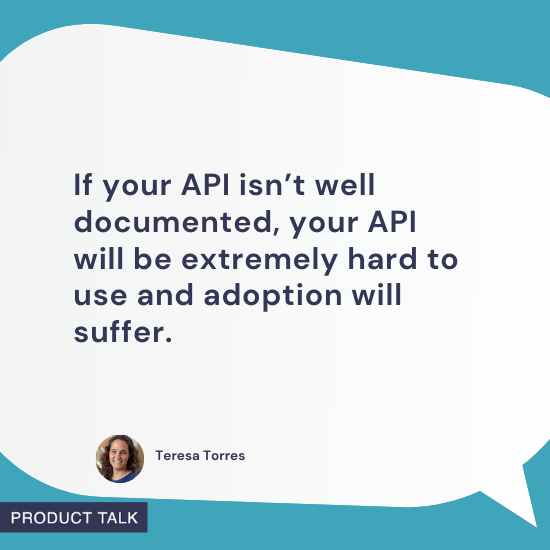










![Building A Digital PR Strategy: 10 Essential Steps for Beginners [With Examples]](https://buzzsumo.com/wp-content/uploads/2023/09/Building-A-Digital-PR-Strategy-10-Essential-Steps-for-Beginners-With-Examples-bblog-masthead.jpg)














































